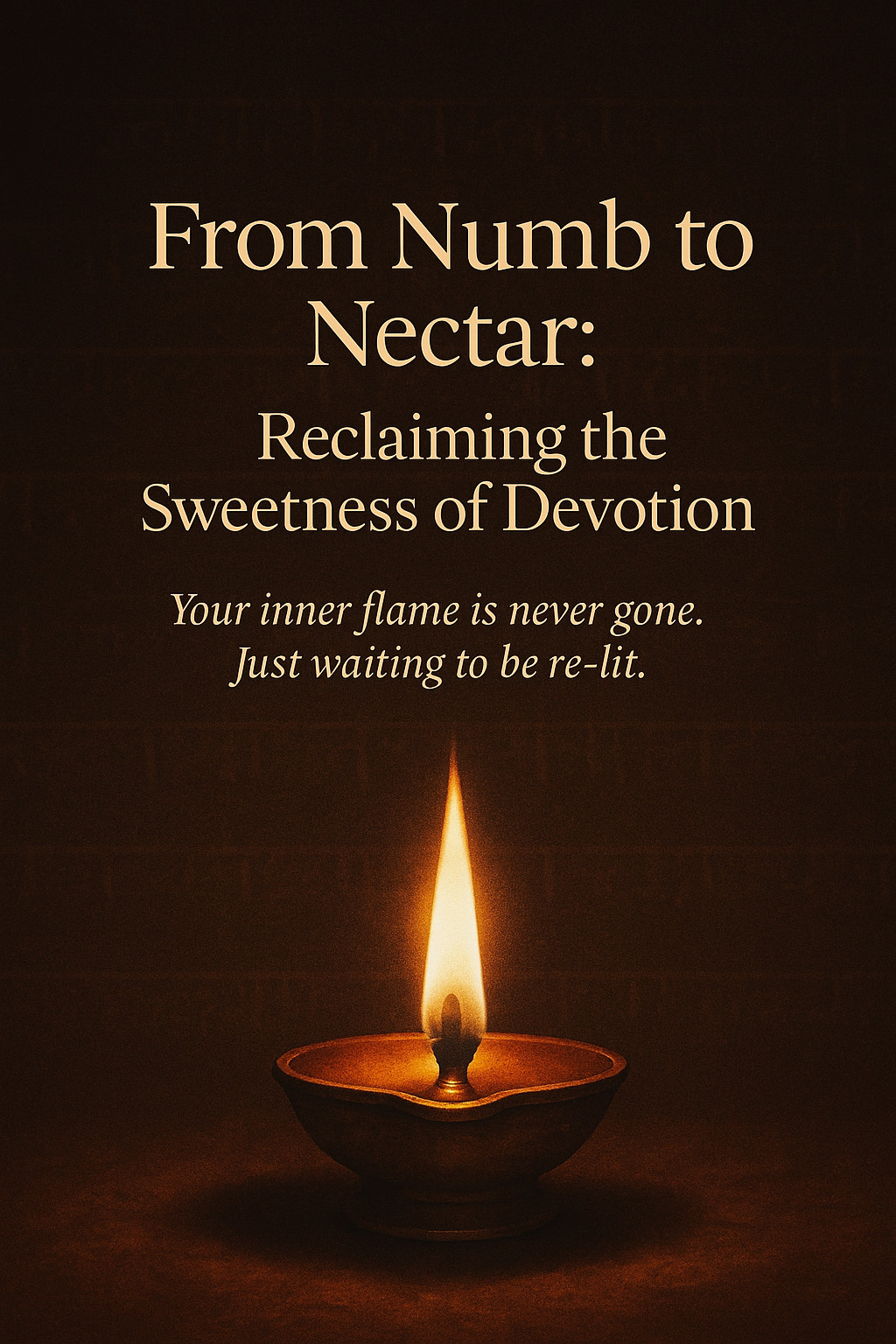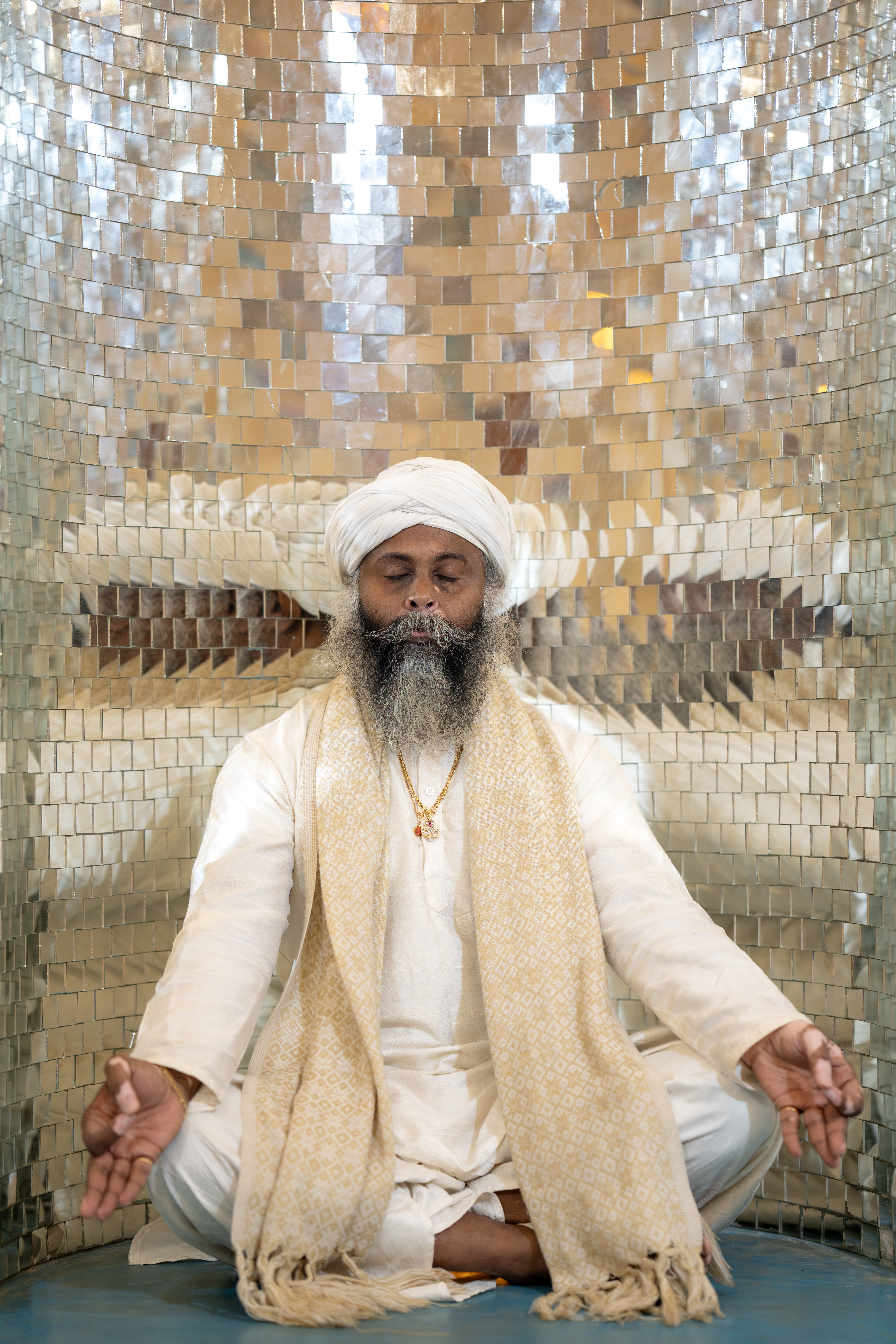Diwali, the vibrant and widely celebrated Hindu festival, spans five days, each with its own significance, rituals, and stories. Known as the "Festival of Lights," Diwali symbolizes the triumph of good over evil, knowledge over ignorance, and light over darkness. The journey begins with Dhanteras and culminates in Bhai Dooj, each day carrying its own unique traditions and legends that fill homes with joy, love, and devotion.
Day 1: Dhanteras - Worship of Wealth and Health
Significance:
Dhanteras, derived from "Dhan" (wealth) and "Teras" (thirteenth day of the lunar cycle), marks the beginning of Diwali. On this day, people honor Lord Dhanvantari, the deity of health and healing, and Goddess Lakshmi, the goddess of wealth.
Dhanteras, derived from "Dhan" (wealth) and "Teras" (thirteenth day of the lunar cycle), marks the beginning of Diwali. On this day, people honor Lord Dhanvantari, the deity of health and healing, and Goddess Lakshmi, the goddess of wealth.
Rituals:
- Cleaning and Decorating: Homes and workplaces are thoroughly cleaned and adorned with rangolis (colorful patterns) to welcome prosperity.
- Buying Gold and Utensils: It is auspicious to purchase gold, silver, or utensils as a symbol of wealth and good fortune.
- Dhanvantari Puja: People perform puja to Lord Dhanvantari for good health and longevity.
- Lighting Lamps: The first diya (oil lamp) is lit to invite positive energy and dispel darkness.
Story:
In Hindu mythology, Dhanteras is linked to Lord Dhanvantari, who emerged from the ocean during the churning of the cosmic ocean (Samudra Manthan) with a pot of amrit (elixir of immortality), bringing with him health and prosperity.
In Hindu mythology, Dhanteras is linked to Lord Dhanvantari, who emerged from the ocean during the churning of the cosmic ocean (Samudra Manthan) with a pot of amrit (elixir of immortality), bringing with him health and prosperity.
Day 2: Naraka Chaturdashi (Choti Diwali) - Victory over Evil
Significance:
Naraka Chaturdashi commemorates the victory of Lord Krishna and Satyabhama over the demon Narakasura, symbolizing the triumph of good over evil.
Naraka Chaturdashi commemorates the victory of Lord Krishna and Satyabhama over the demon Narakasura, symbolizing the triumph of good over evil.
Rituals:
- Early Morning Bath (Abhyanga Snan): People take an early bath with ubtan (herbal paste) to purify themselves, signifying the removal of impurities and negative energies.
- Offering Food to Departed Ancestors: Families prepare special dishes and offer them to departed souls as an act of remembrance.
- Decorating with Lights and Rangolis: Homes are decorated with lamps and rangolis, spreading a festive vibe.
- Choti Diwali Celebrations: Some regions celebrate this day with mini fireworks and traditional sweets.
Story:
According to mythology, Narakasura, the demon king, terrorized the heavens and earth. Finally, Lord Krishna and Satyabhama fought and defeated him, liberating the people from his oppression. This day honors their victory, with a reminder that good always prevails over evil.
According to mythology, Narakasura, the demon king, terrorized the heavens and earth. Finally, Lord Krishna and Satyabhama fought and defeated him, liberating the people from his oppression. This day honors their victory, with a reminder that good always prevails over evil.
Day 3: Lakshmi Puja (Main Diwali) - The Festival of Lights
Significance:
The third day, Diwali, is the main festival day and is celebrated to honor Goddess Lakshmi, the goddess of wealth and prosperity. People believe that on this day, Lakshmi descends to earth to bless her devotees with wealth, health, and prosperity.
The third day, Diwali, is the main festival day and is celebrated to honor Goddess Lakshmi, the goddess of wealth and prosperity. People believe that on this day, Lakshmi descends to earth to bless her devotees with wealth, health, and prosperity.
Rituals:
- Lakshmi Puja: At night, families perform a special puja for Goddess Lakshmi, offering flowers, sweets, and prayers to invite her blessings.
- Lighting Diya Lamps and Fireworks: The lighting of diyas and bursting of firecrackers symbolize the victory of light over darkness and joy over sorrow.
- Exchange of Gifts and Sweets: Families exchange sweets and gifts to celebrate their bond and share the joy of Diwali.
- Welcoming Lakshmi with Rangoli: Intricate rangoli designs and footprints are drawn to guide Goddess Lakshmi into the home.
Story:
The most popular legend behind Diwali is the return of Lord Rama to Ayodhya after 14 years of exile. To celebrate his victory over the demon king Ravana and to welcome him home, the people of Ayodhya illuminated the city with oil lamps, marking the beginning of Diwali celebrations. This day also signifies Lakshmi's emergence from the ocean during Samudra Manthan.
The most popular legend behind Diwali is the return of Lord Rama to Ayodhya after 14 years of exile. To celebrate his victory over the demon king Ravana and to welcome him home, the people of Ayodhya illuminated the city with oil lamps, marking the beginning of Diwali celebrations. This day also signifies Lakshmi's emergence from the ocean during Samudra Manthan.
Day 4: Govardhan Puja / Annakut - Offering Gratitude to Nature
Significance:
The fourth day celebrates Lord Krishna lifting the Govardhan Hill to protect the people of Vrindavan from heavy rains sent by Lord Indra. This day is also called Annakut, meaning "mountain of food," symbolizing gratitude and love for nature.
The fourth day celebrates Lord Krishna lifting the Govardhan Hill to protect the people of Vrindavan from heavy rains sent by Lord Indra. This day is also called Annakut, meaning "mountain of food," symbolizing gratitude and love for nature.
Rituals:
- Govardhan Puja: Devotees worship Lord Krishna and create a small mound of cow dung or clay representing Govardhan Hill, which is adorned with flowers.
- Preparing Feast: A grand feast with a variety of vegetarian dishes is prepared as offerings to Krishna and distributed to the community.
- Remembering Cows and Cattle: In some parts of India, people honor cows, who represent prosperity and sustenance, by feeding them special treats.
Story:
The story goes that Krishna advised the villagers to stop worshipping Indra, the god of rain, and instead worship Govardhan Hill. Angered, Indra unleashed a storm, but Krishna lifted the hill with his finger, protecting the villagers. This day celebrates Krishna’s strength and his protection of nature and humankind.
The story goes that Krishna advised the villagers to stop worshipping Indra, the god of rain, and instead worship Govardhan Hill. Angered, Indra unleashed a storm, but Krishna lifted the hill with his finger, protecting the villagers. This day celebrates Krishna’s strength and his protection of nature and humankind.
Day 5: Bhai Dooj - Celebrating the Bond of Siblings
Significance:
The fifth and final day of Diwali, Bhai Dooj, is dedicated to the bond between brothers and sisters. This day is similar to Raksha Bandhan, where sisters pray for the long life and well-being of their brothers.
The fifth and final day of Diwali, Bhai Dooj, is dedicated to the bond between brothers and sisters. This day is similar to Raksha Bandhan, where sisters pray for the long life and well-being of their brothers.
Rituals:
- Sister’s Tika Ceremony: Sisters apply a ceremonial tika on their brothers' foreheads, symbolizing their prayers for protection and success.
- Gift Exchange: Brothers and sisters exchange gifts, sweets, and blessings, strengthening their bond.
- Feast and Celebrations: Families gather for a special meal, rejoicing in each other’s company and celebrating the festival’s closing day.
Story:
A popular story recounts how Yama, the god of death, visited his sister Yamuna on this day. Yamuna was overjoyed to see her brother and prepared a grand feast in his honor. Touched by her love, Yama granted her a boon that brothers who visit their sisters on this day would be blessed with health and prosperity.
A popular story recounts how Yama, the god of death, visited his sister Yamuna on this day. Yamuna was overjoyed to see her brother and prepared a grand feast in his honor. Touched by her love, Yama granted her a boon that brothers who visit their sisters on this day would be blessed with health and prosperity.
The Spirit of Diwali
Each day of Diwali carries with it a sense of devotion, love, and gratitude. From honoring wealth and health to celebrating the divine bond of siblings, this five-day festival brings family and friends together, invoking blessings and peace. More than anything, Diwali represents the belief that light always overcomes darkness, good always overpowers evil, and love triumphs over hate.
As diyas illuminate homes and hearts, Diwali reminds us to spread love, joy, and kindness—creating a brighter, more compassionate world

